
This mural by Ernesto Maranje was created for Florida Wildlife Corridor, located in The Factory complex in St. Pete.
For more of Maranje’s work, also check out his Instagram.

This mural by Ernesto Maranje was created for Florida Wildlife Corridor, located in The Factory complex in St. Pete.
For more of Maranje’s work, also check out his Instagram.
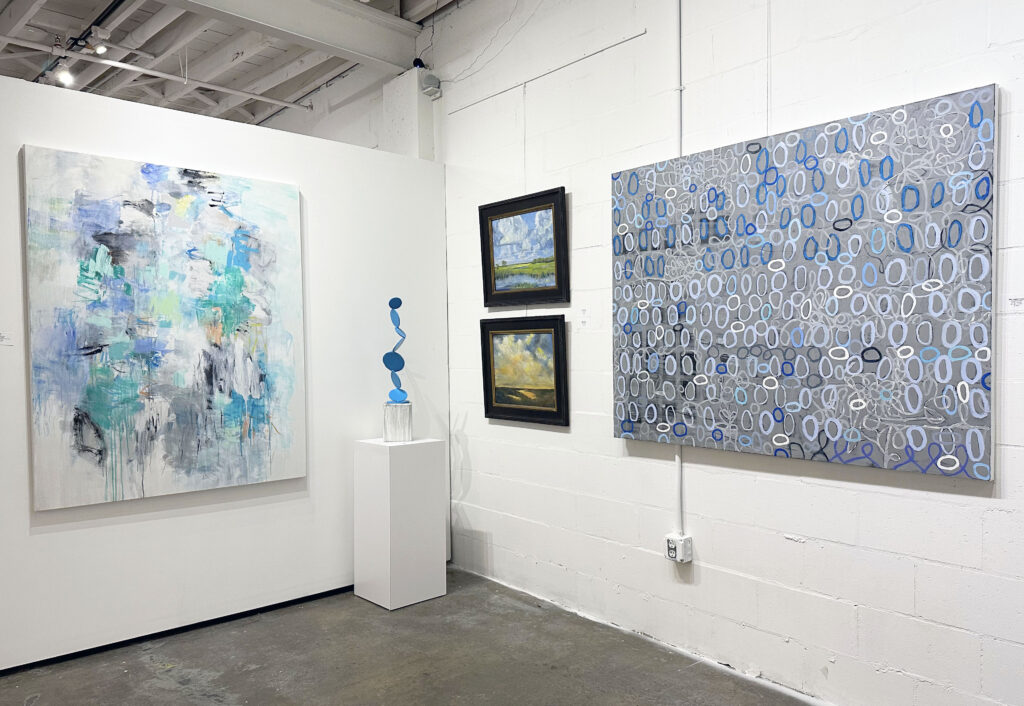
Artists from L to R: Julie Schumer, Vivien Collens (sculpture), Maggie Kruger, and Blair Vaughn-Gruler
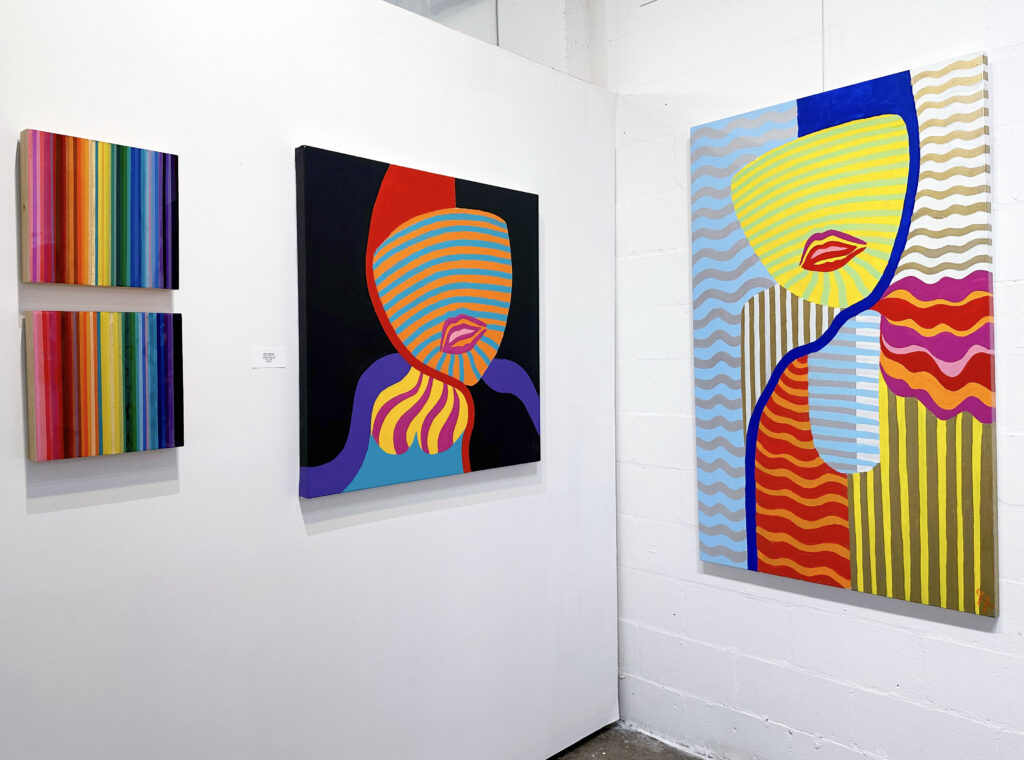
Renee Mendler, “Rainbow Vision I and II”, Acrylic, Gold leaf, and resin on panel (left) and “Pure Joy No. 10 and No. 14”, Acrylic on canvas by Hans Petersen
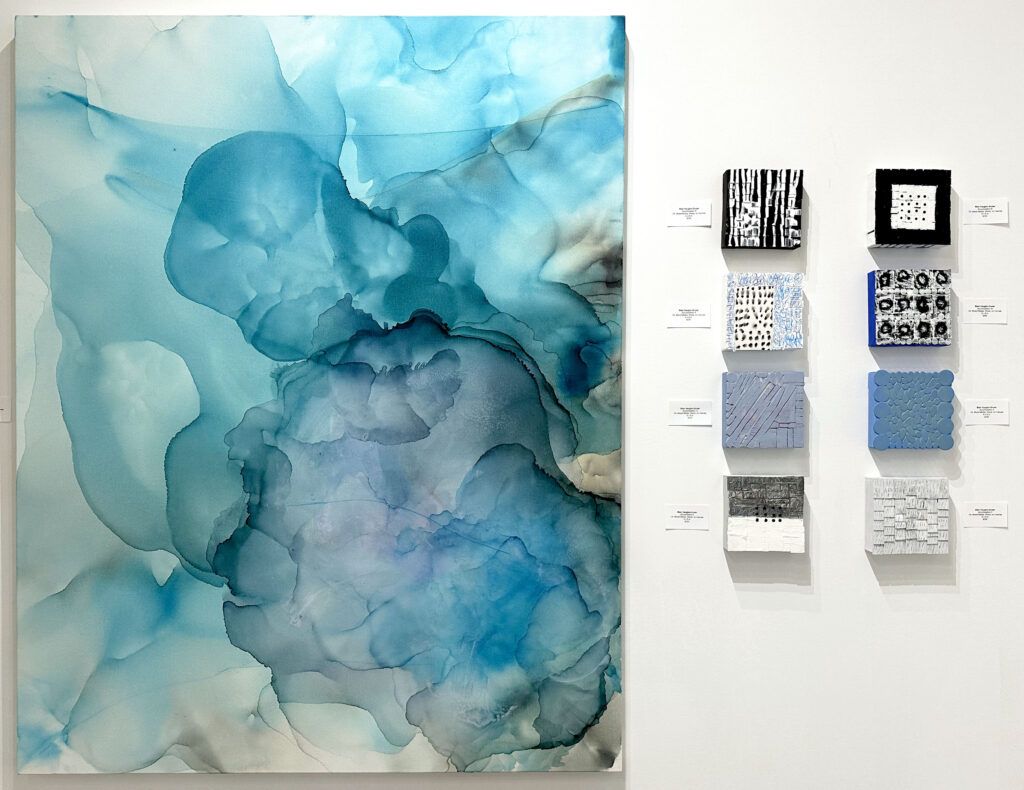
Imani Bilál, “If Dreams Could Wander”, Acylic paint and ink on canvas (left) and work from the “Accumulation” series by Blair Vaughn-Gruler, Oil, mixed media, wood, on canvas

Michelle Gordon, “Ocean Splash”, Oil on canvas
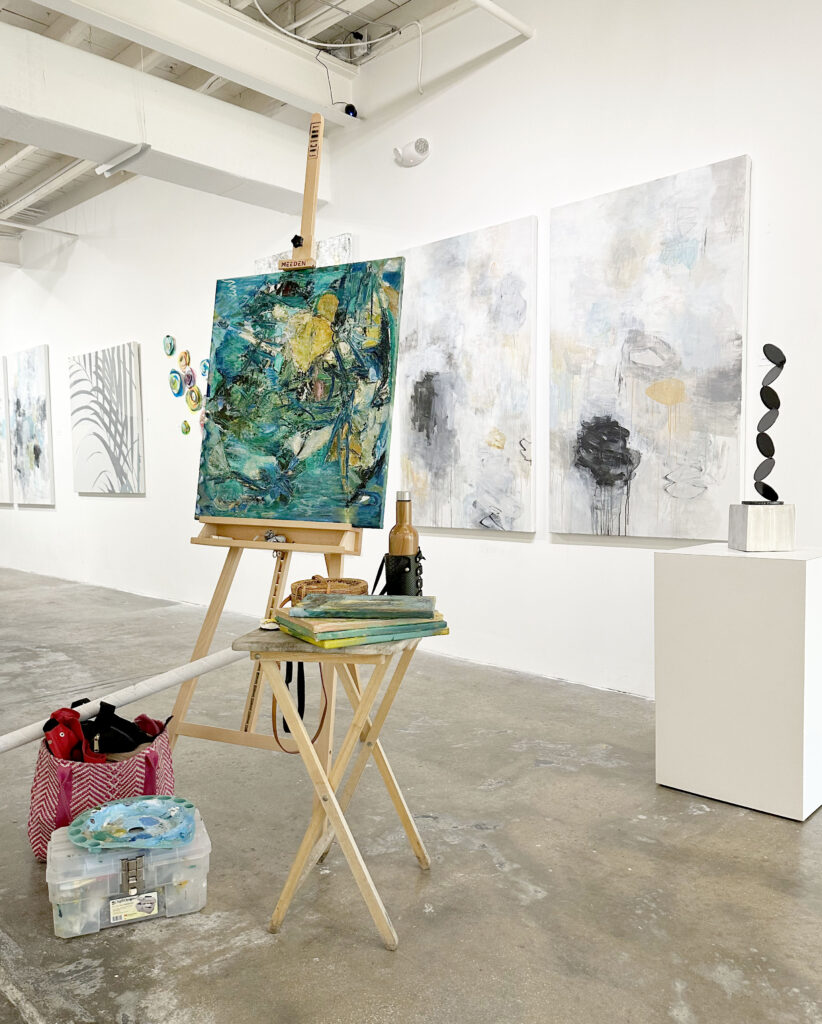
This past weekend was the Second Saturday ArtWalk in St. Pete, Florida with numerous galleries staying open into the evening. Above are images from the recently opened Drew Marc Gallery, part of The Factory St. Pete’s complex in the Warehouse District. In addition to the artwork, the gallery also had live painting by Michelle Gordon.
At Morean Center for Clay is Lauren Hope: Time (pictured below), a solo exhibition that includes the artist’s ceramic work and photography.
From the gallery-
...Time is an investigation of alternative photographic process, using clay as a catalyst for record keeping. Using ceramic vessels as pin hole cameras, Lauren captures moments in time and transfers them onto ceramic surfaces. This exhibition will be a collection of photographic prints, vessels, cyanotypes, and handmade pinhole cameras.
Her statement about her work-
My work is heavily influenced by the complexity of hues, forms, and patterns found in the natural world. This studio practice has become deeply cathartic, signifying the ephemeral and fleeting notions of time.
Ceramic vessels within this collection are wheel-thrown, altered, and sculpted. Every striation carved serves as a visual representation and a gentle reminder of the delicate passing moment. This method of subtractive carving has become transformative, developing into deep states of meditation and reflection.
Experimental photography is used as an explorative process, allowing for the convergence of internal and external experiences. By casting memories and photographic recollections onto stoneware, I attempt to immortalize my profound experiences and revelations.
This exhibition will be on view until 12/30.
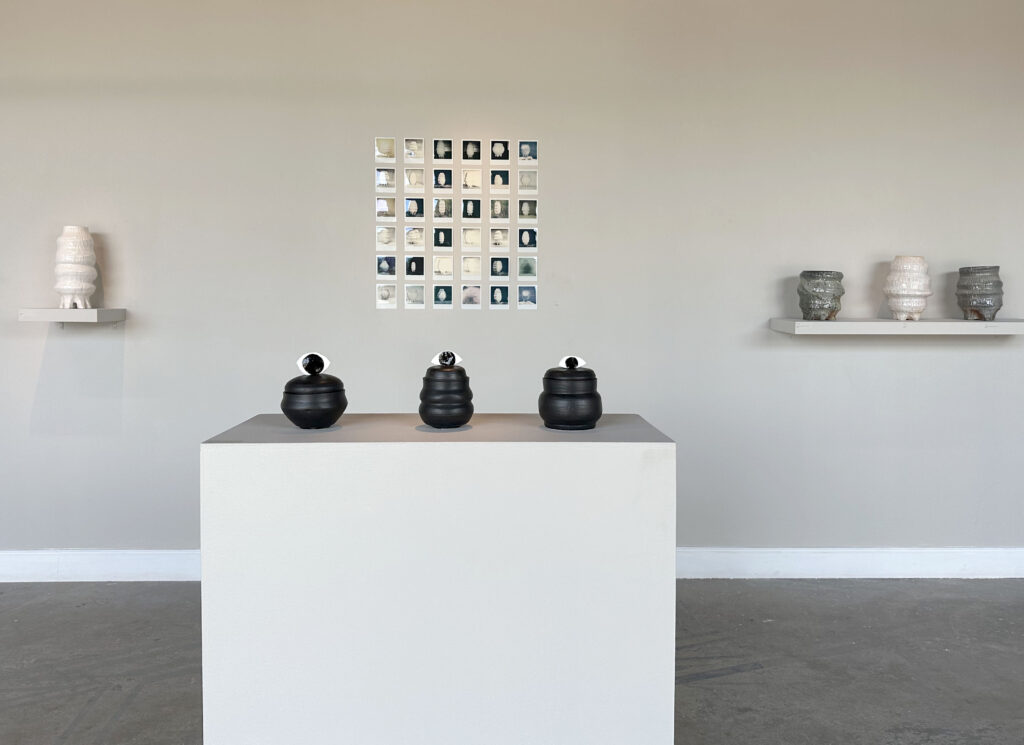

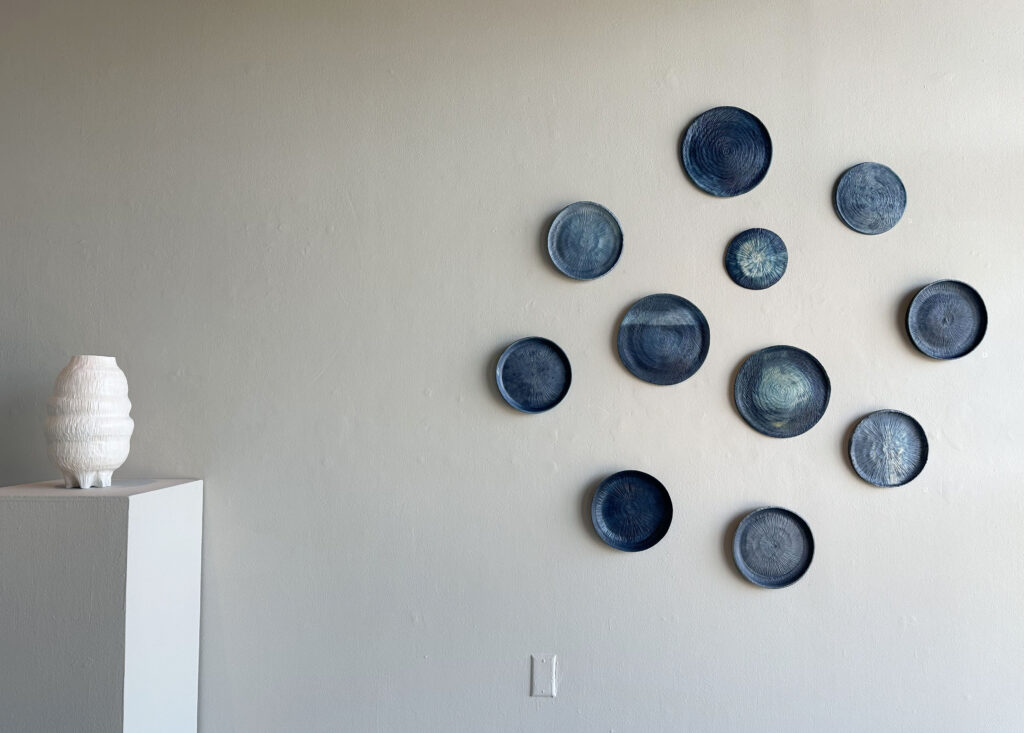
For selections from additional galleries, head to the next page.

This painting was spotted at The Factory in St. Pete. It was one of the works in the group exhibition Medium.
It combines several Halloween staples- pumpkins, bats, skeletons, candy corn and bloody knives.

Keith Crowley “Longwood Run (Nocturne)”, 2019, Oil on linen (left) and “Mooring Fields (Twilight)”, 2021 (right)

Kenny Jensen, “I Didn’t Forget You (The Clearing)”, 2023 (left) and “I Didn’t Forget You (Papa’s Van)” 2023 (right)

Alison Tirrell “untitled (It’s all under control)”

Elizabeth Barenis, “The Creek Drank the Cradle”, acrylic on canvas
The Factory is a massive space in the Warehouse Arts District in St. Pete that houses numerous galleries and artist spaces, as well as the Florida Wildlife Corridor Foundation, Museum of Motherhood (MOMMuseum), Fairgrounds St. Pete, and Daddy Kool Records. This past Saturday (10/14/23) was Second Saturday ArtWalk and there was a lot to see. On this page and the ones that follow are some of the highlights.
In Studio B, a temporary gallery space, was the group exhibition Soft Spoken (images above), which included artists Keith Crowley, Kenny Jensen, Alison Tirrell, Elizabeth Barenis, Raheem Fitzgerald, Kate Cummins, and Alfredo Christiano. This show remains on view by appointment with the artists.
In The Factory’s gallery space was the group exhibition Medium (images below).


Oil paintings by Luke Vest

Laurent Waldron “Road Killer”, 2023, Latex and acrylic paint, rubber tire and “Last Rodeo” 2023, Acrylic paint, wirebrush frame
At the Florida Wildlife Corridor’s gallery space Wild Space is Mickett/Stackhouse Studio’s Circle of Water, a collection of paintings, drawings, and video by artists Carol Mickett and Robert Stackhouse continuing their explorations of environmental issues. This exhibition will remain on view until 1/13/24.

Work by Mickett/Stackhouse Studio– “Mitigation Paintings: Green Shade Oak, Whale Pump, Mangrove Family, Mangrove Sea Wall, Green Swamp, Green Swamp Aqua Feeder, Whale Pump & Plankton, Shade Oak”, Watercolor on paper
About the above by the artists-
Mitigation Paintings further explore the ways in which natural resources can help to remedy and even forestall the damages of climate change. The swamps, whales and trees depicted are all “carbon sink,” in other words they absorb CO2, among their other contributions.


Work by Mickett/Stackhouse Studio at Wild Space Gallery
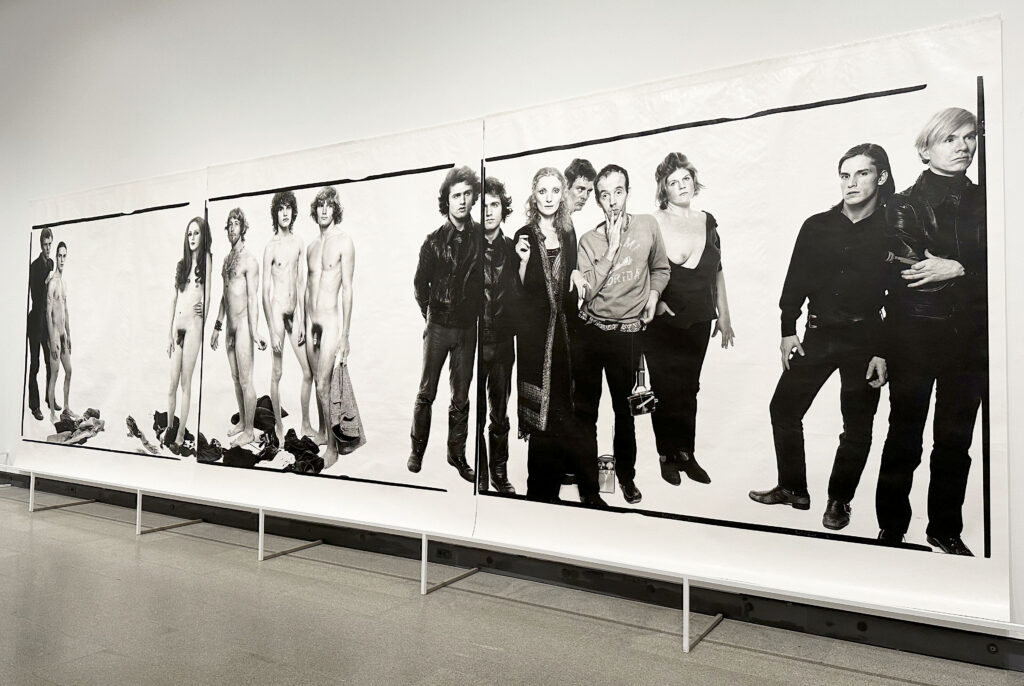
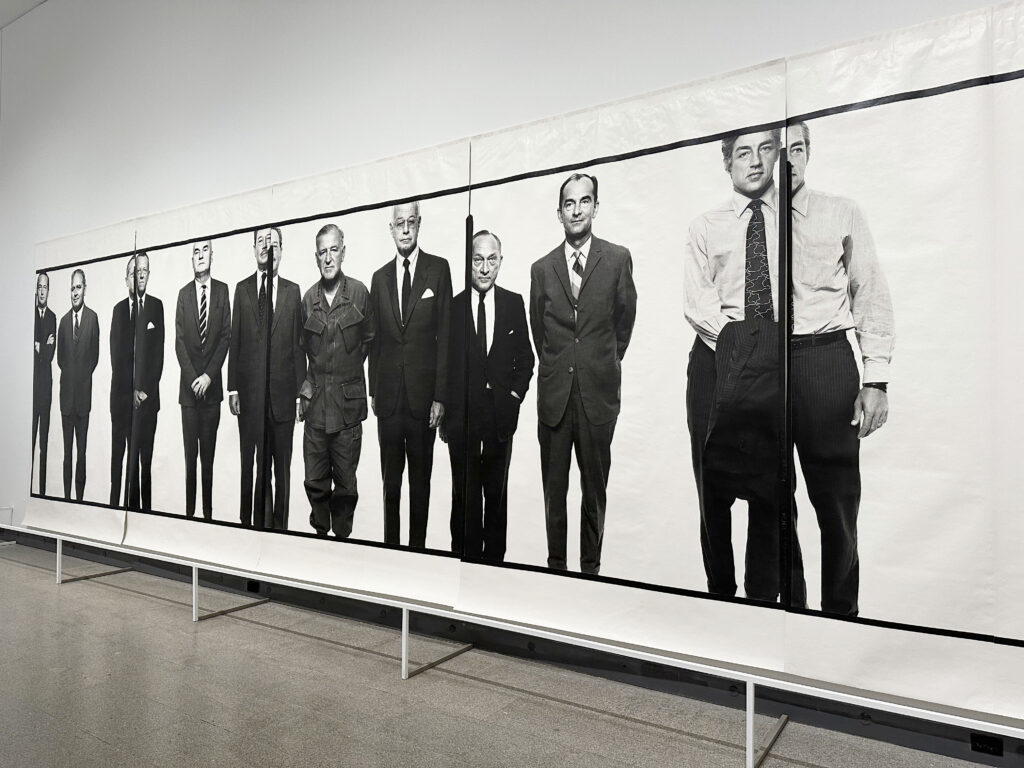
There are currently two exhibitions in New York celebrating Richard Avedon’s photography. At The Metropolitan Museum of Art is Richard Avedon: Murals. Pictured above are two of the large murals included. The first is of Andy Warhol and members of The Factory and the other is of members of the Mission Council in Saigon.
From The Met’s website about the show-
In 1969, Richard Avedon was at a crossroads. After a five-year hiatus, the photographer started making portraits again, this time with a new camera and a new sense of scale. Trading his handheld Rolleiflex for a larger, tripod-mounted device, he reinvented his studio dynamic. Instead of dancing around his subjects from behind a viewfinder, as he had in his lively fashion pictures, he could now stand beside a stationary camera and meet them head-on. Facing down groups of the era’s preeminent artists, activists, and politicians, he made huge photomural portraits, befitting their outsized cultural influence. On the centennial of the photographer’s birth, Richard Avedon: MURALS will bring together three of these monumental works, some as wide as 35 feet. For Avedon, the murals expanded the artistic possibilities of photography, radically reorienting viewers and subjects in a subsuming, larger-than-life view.
The murals are society portraits. In them, Avedon assembles giants of the late twentieth century—members of Andy Warhol’s Factory, architects of the Vietnam war, and demonstrators against that war—who together shaped an extraordinarily turbulent era of American life. Presented in one gallery, their enormous portraits will stage an unlikely conversation among historically opposed camps, as well as contemporary viewers. The formal innovations of Avedon’s high style—of starkly lit bodies in an unsparing white surround—are best realized in these works, where subjects jostle and crowd the frame, and bright voids between them crackle with tension. Uniting the murals with session outtakes and contemporaneous projects, the exhibition will track Avedon’s evolving approach to group portraiture, through which he so transformed the conventions of the genre.
About Andy Warhol and members of The Factory–
Avedon fantasized about throwing an annual fete for New York society and watching the group evolve over time. This mural is his downtown take on such a party, featuring a new “smart set” of sexual revolutionaries. They were affiliated with Andy Warhol’s Factory, the studio and gathering place for a coterie of avant-garde filmmakers, artists, and socialites. Avedon summoned them to his own studio, where they met over a series of weeks. Working in his most directorial mode, he arranged his subjects—including transgender actress Candy Darling and adult film star Joe Dallesandro—in a lateral frieze across adjoining frames, the fracture and repetition of their bodies in space suggesting the filmic passage of time.
The culmination of much trial and error, the mural’s composition took time to perfect, as evidenced by session outtakes displayed nearby. Avedon later praised the professionalism of his cast but joked, “You couldn’t keep the clothes on anybody in those years. . . . Before you could say ‘hello,’ they were nude and ready to ride.” If this unabashed undress tests gallery decorum, it is a provocation grounded in art history: in the central panel Avedon presents a male version of the “three graces,” riffing on a gendered tradition in allegorical painting with an ironic, Warholian wink.
About The Mission Council, Saigon, South Vietnam–
Avedon knew he would have mere minutes to photograph the U.S. generals, ambassadors, and policy experts who ran the war in Vietnam—not the weeks he spent refining his first mural. Planning in advance, he requested the heights of the men known collectively as the Mission Council and mapped out their positions, with careful attention to rank and influence. He rigged a makeshift studio at the embassy in Saigon, and recalled that once assembled, they “lined up like high school boys. They all wanted to be in the picture.” This is true of all but Ted Shackley, the camera-averse CIA station chief known to colleagues as the Blond Ghost, who begged out of the sitting for “a meeting,” leaving a void in the rightmost panel.
As blunt and procedural as a police lineup, the mural recalls Avedon’s first photography gig as a teenager in the Merchant Marine, where he made mugshot-style portraits of new recruits. Here, scrutinizing the faces of the war’s top brass, Avedon invokes their unseen operatives and victims. When the work was later published, one critic deemed it “a terrifying picture of business as usual.”
This exhibition closes 10/1/23.
For a more comprehensive look at Avedon’s career, Gagosian’s Chelsea location is showing Avedon 100, “a collection of Avedon photographs was selected by more than 150 people—including prominent artists, designers, musicians, writers, curators, and fashion world representatives—who elaborate on the impact of the photographer’s work today.”
The gallery’s website has a video of the installation that is well worth checking out, especially if you can’t see the exhibition in person.
This exhibition will close on Friday, 7/7/23.